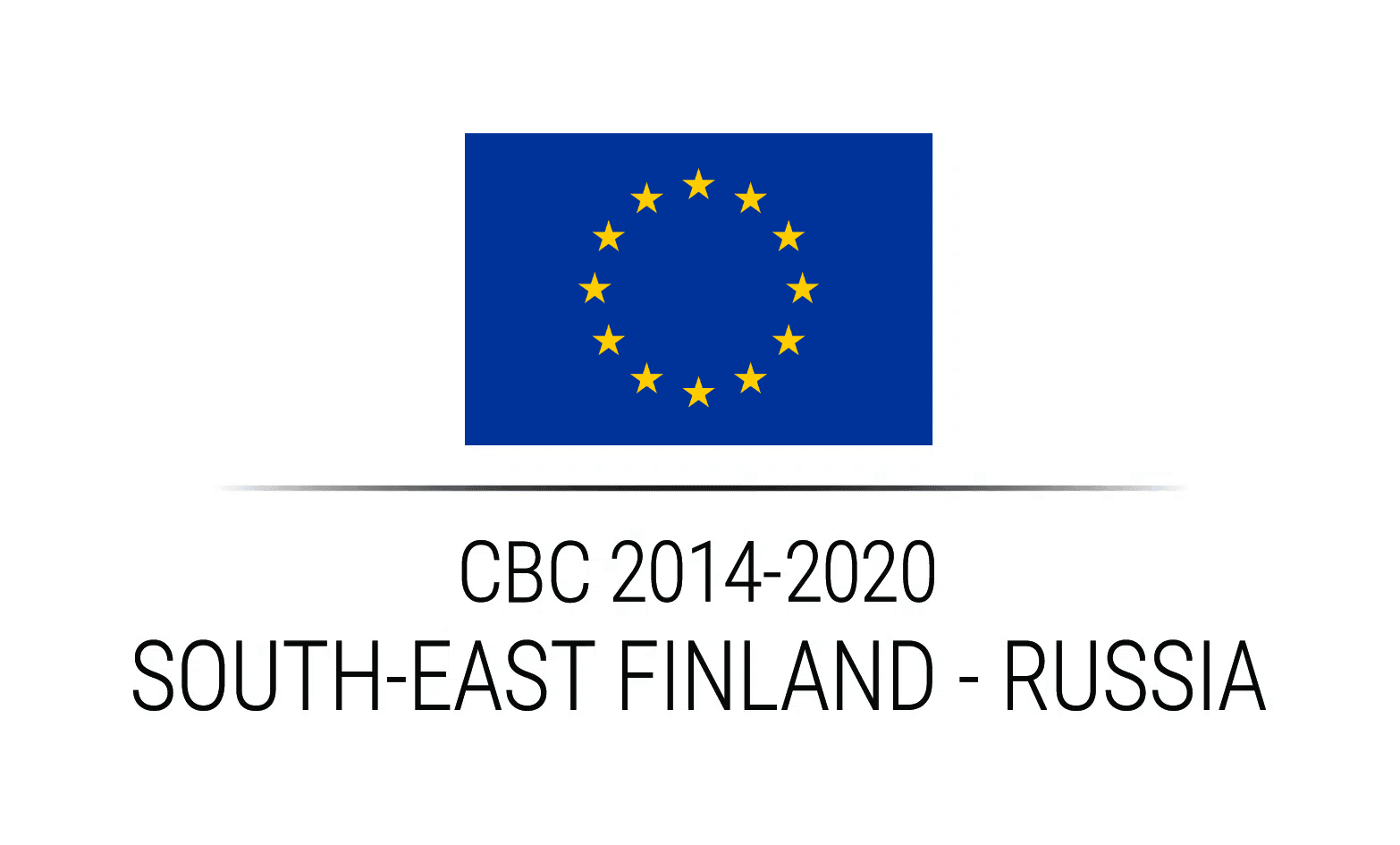The RAINMAN project examined the challenges posed by climate change and urban development to freshwater reservoirs in Mikkeli, Lahti, the Helsinki Metropolitan Area and St. Petersburg. The focus was on the potential impacts of changes in precipitation patterns and extreme rain events on the urban environment.
The project provided deepened knowledge about the impacts of climate change on groundwater, surface water, and sewage systems. Based on this knowledge, suitable adaptation measures were either directly implemented (e.g. the monitoring wastewater flow in St. Petersburg or a stormwater data management system in the Helsinki Metropolitan Area), integrated into documents guiding urban water management (the groundwater protection plan for the Hanhikangas aquifer in Mikkeli and the report about Nature-based solutions for stormwater management in the Helsinki Metropolitan Area), or made available for the update of guiding documents and regulations (e.g. the update of the groundwater protection plan in Lahti and standard for the construction of water supply and sewerage networks in St. Petersburg).
The results in the case studies allow to give the following general recommendations. Because urban water management depends on many different actors and organizations, a clear distribution of responsibilities is indispensable. Legislation can be an enabling or restricting factor for the adaptation of urban water management. Robust water management must be able to cope with a range of possible future climatic and urban developments. Facing an uncertain future, informed decisions need a sound basis of information. Monitoring of water quality and quantity parameters can provide information regarding when to start adaptation or risk mitigation activities to safeguard groundwater quality or when to act proactively to avoid flooding.
The modelling of climate change impacts on groundwater, surface water, and sewage systems provides new data for climate change adaptation. The adaptive capacity of urban water management systems strongly depends on sharing information and knowledge. A good state of the environment is a precondition to minimize harmful climate change impacts on urban water management. Depending on the type of land use, different aspects come to the fore. In green or natural areas and areas with many waterbodies, the quality of surface waters is important. Good surface water quality reduces the risk of groundwater contamination through surface water infiltration. In built-up areas, soil contamination can be mobilized due to changes in the hydrological or groundwater regime. Therefore, it is important to avoid, reduce or remediate soil contamination. In areas where climate change causes more freeze and thaw cycles, there will be an increased need for road de-icing. Salt has a negative impact on the environment. It is advisable to change or reduce the use of de-icing agents. Nature-based solutions are an excellent way to adapt urban water management systems to the challenges of climate change.
If there is a limited amount of space, hybrid solutions can combine nature-based solutions with grey solutions or impermeable surfaces can be replaced by permeable surfaces. In very densely built areas and in historical centers, the drainage of stormwater via the sewage system might be the only feasible solution. Under these conditions, adaptation can occur either through changes in the operation of the network or through adapting the network either by creating more retention space or separating the stormwater and sewage networks.
Project report: “General recommendations on adapting water management practices to climate change impacts in eastern and southern Finland and St. Petersburg”
View this project in keep.eu


